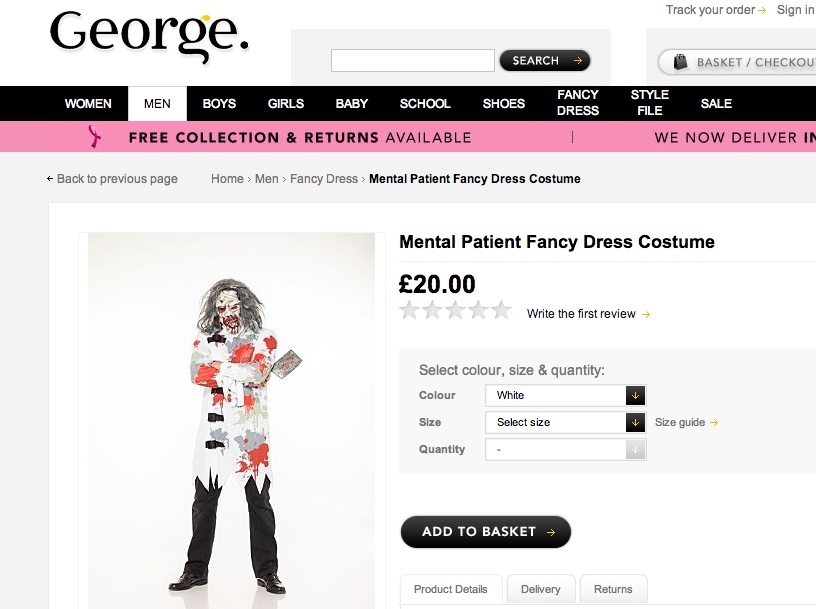International aid: progress needs solutions, not problems
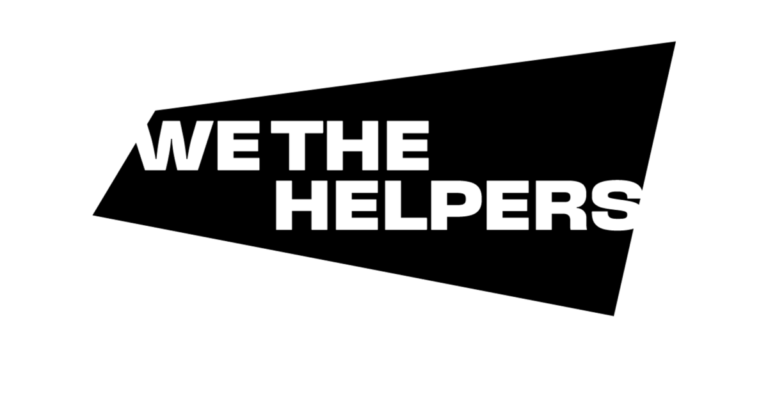
Saul Parker of The Good Side on the existential threat facing the UK aid sector and making a case for reframing and retelling the stories behind international aid.
Three years of work came to fruition last week with the launch of We The Helpers, a new cultural narrative about overseas aid. It’s something that our team at The Good Side, alongside some brilliant partners, have been developing with the Aid Alliance, a group of major INGOs. It’s been a long journey to get here, but last year various stars aligned to make it possible for us to create this unified brand as a new voice for the international development sector.
Early in our work examining longitudinal polling data from the Development Engagement Lab we saw the need for a category level campaign. We realised that we needed to kick start a cultural shift in how aid is understood, appreciated and supported by a large portion of the British public, and we knew that the heart of this shift would be a new narrative about aid.
Advertisement
Existential threat
It is no overstatement to say that the UK aid sector is currently facing an existential threat. We all know about government cuts to the aid budget from 0.7% to 0.5% of GDP, but these cuts are matched by an unprecedented decline in public support. The percentage of the general public who reported having donated to an international aid organisation in the past 12 months fell from 36% in 2013 to 17% in 2021 – a fall of over 50% in public funding in less than a decade.
We set out to understand exactly which audiences were moving away from financially supporting overseas aid, why they were quitting the sector, and what it would take to bring them back. We did qualitative and quantitative research, media and semiotic analysis to understand first-hand how the audience thought and felt, and what the cultural conversations were about aid in the media ecosystem around them.
Our cultural and creative strategy was built on three fundamental principles drawn from decades of work in brand, communications and campaign strategy: be myopically audience-focused; unite specialist agencies around a shared brief; reframe and retell the story.
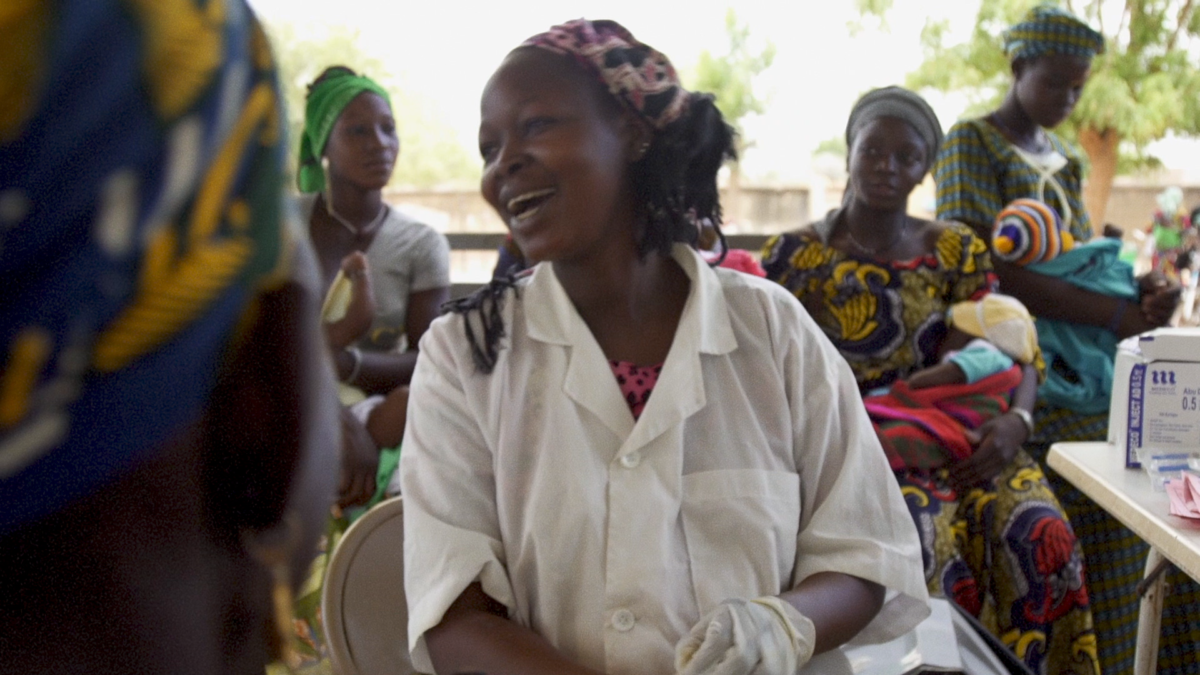
Myopic audience focus
One of the greatest challenges that third sector organisations face in communications is remaining genuinely audience focused. Because we tend to work on issues we deeply care about, and spend a great deal of time considering, debating, rethinking and solving, it can be really hard for us to take ourselves away from deep immersion in those same issues, and to consider them from different perspectives.
Being audience-focused means seeing the world through their eyes, understanding their values and what makes them tick.
In our work with the Development Engagement Lab we identified a core segment of British people who are disengaging from support of international development, a group we labelled Conscientious Cynics. They’re often retired, most likely to vote Conservative and in favour of Brexit. They live in urban and suburban areas, but not in the south east, and consider themselves quite removed from notions of the metropolitan elite.
They are proud to be British (85%) and have confidence in the British Army (72%). We also discovered that they care deeply about the world, the climate, and have a strong moral compass, but they have lost faith in international institutions, and they have lost their faith in progress.
For the majority of readers working in international development, this group will sound like a far cry from their typical audience, farther still from their social milieu, and for those working outside of marketing and fundraising roles, it is possibly a group they have never considered as fundamental to the continued success of the sector.
Yet, when we look beyond charitable giving behaviours and consider their wider social values and worldview, we discover that this audience is part of a large segment of the British population who are more patriotic than progressive, financially secure and happy in their lot, and make up one third of the British public. They are the most significant social and political segment in the country, and, as the country continues to age, their numbers are growing still.
When we talked to charity supporters in this audience about international development, their issues were clear and commonly held. When they think about aid, they think about inefficiencies, chuggers on the street, CEOs in the headlines and malnourished children on the telly with flies in their eyes.
Add to that government cuts, negative media coverage and operational challenges in the sector – and it’s no surprise that their support is dwindling.
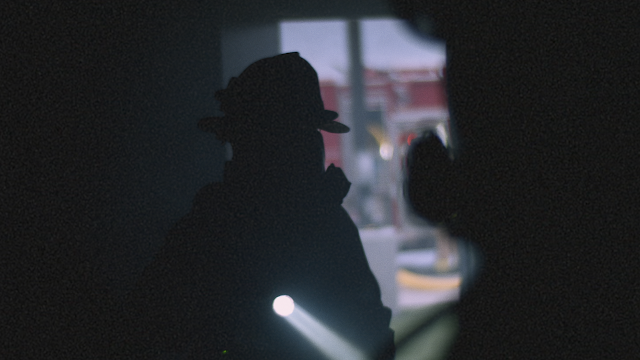
What was striking for us was that so many previous and current supporters had simply lost their faith in a sense of progress. Through decades of communications focused on problem narratives, a tendency in broadcast news to major on bad news stories, an addiction to social media doom scrolling, and the brain’s tendency to remember negative experiences over positive ones, the net outcome is that, by and large, people think the world is getting worse – when in reality, on many really important issues – like life expectancy, infant mortality, access to water and basic education, the world is better than it ever has been, and is getting better all of the time.
Although the Conscientious Cynic audience thinks the world is getting worse, that doesn’t mean they have lost their capacity to care. Their interest in making things better hasn’t disappeared. In what feel like increasingly bleak times, they desperately want things to be hopeful about, to experience positive change, and to feel like they can make a difference through their own actions.
What we learned from this journey into the audience’s psychology, sector perceptions and social values shaped our campaign strategy. Given the deep rootedness of their issues with the sector, we knew we needed to engage them about the fundamental role and importance of aid. Owing to their distance from a typical INGO audience, we wanted to start a fresh conversation from a new brand, to steer clear of affecting the targeting strategies and brand campaigns of others in the sector. Understanding how divorced they were from feeling any sense of progress, we knew we needed to major on finding ways for them to feel a sense of impact.
Uniting specialists
The Good Side works collaboratively with specialist agencies who excel at their craft, which allows us to focus on keeping the audience and issue front and centre of any project, and to advance a strategy that doesn’t bias any one solution or creative approach. By being people and problem focused, and solution neutral, we can explore any avenue, and embrace a range of answers.
We were incredibly lucky to collaborate on this project with a set of agency partners including
The&Partnership (film and creative strategy), HarrimanSteel (brand identity and website) and The
Kite Factory (media planning and buying) who either worked pro bono or for a greatly reduced
fee.
All agencies worked from a shared insight and campaign brief crafted by The Good Side, and we acted as the strategic anchor for client liaison, budget management and partner coordination.
This was an innovative collaboration for the charity members of the Aid Alliance and for our group of agencies. We centred a spirit of partnership, open communication, trust and mutual respect, both through agency relationships and in coordinating across the sector, in order to make the project as effective and powerful as it could be. We believe system and culture change are only possible through radical collaboration, and to thrive, such collaboration relies on these communal values being strongly held and performed by all actors.
Reframe and retell the story
Our intention from the outset has been to reframe public perceptions of aid and tell a different story about international development in popular culture.
Alongside politics and economics, the other core lever to effect fundamental social change is culture. Cultural narratives lie at the heart of how systemic issues and social problems are understood by the public, shaping the way that choices are made, behaviours are normalised, and values are held. Stories and social fictions are what bind us together and what tear us apart.
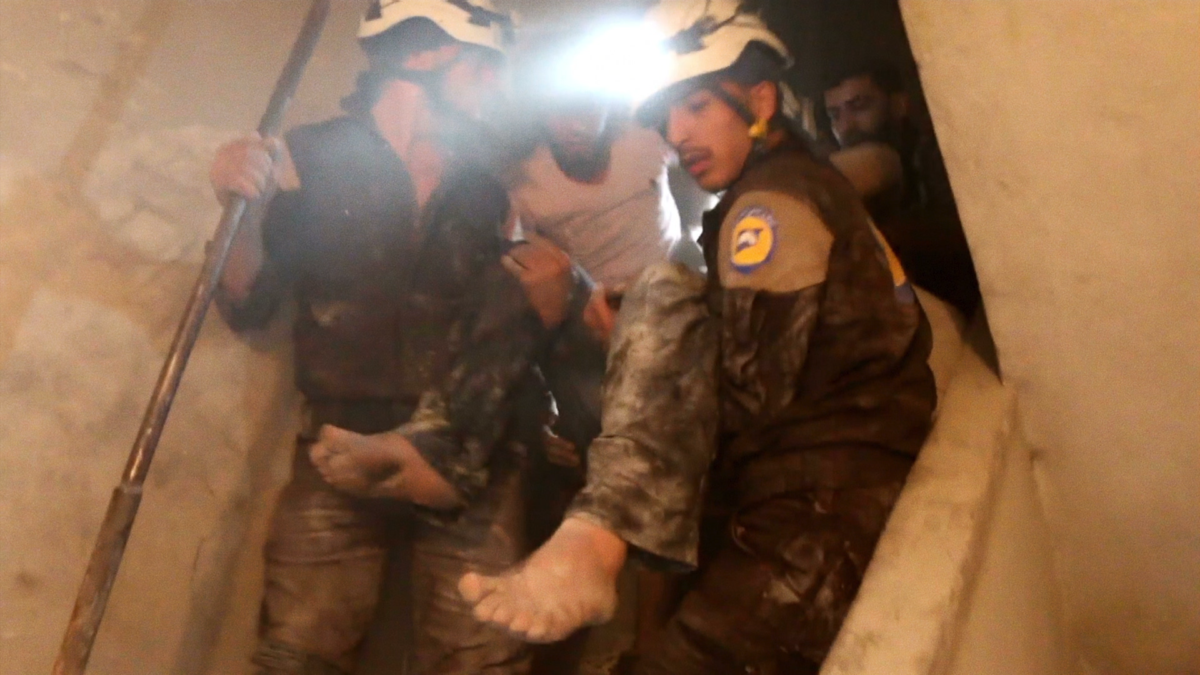
We wanted to cast a new narrative for aid that spoke to the values and aspirations of our audience and addressed some of the tensions they felt in society and the sector. We knew that facts and statistics would not be the silver bullet that changed their minds. We needed them to feel a sense of progress and hope again.
Over a period of creative development, iteration and more audience conversations we settled on a central campaign idea from The& Partnership that built on one of our core narrative objectives –
to reframe aid as hard work, and spoke directly to address the ‘optimism gap’ that so many people told us they felt in the world around them.
We The Helpers was designed as a creative vehicle to celebrate everyone and anyone around the world who was helping those in need, in whatever way they could. By framing aid as helping, our intention is to move away from any sense of saviourism, and instead to position aid as a contribution towards brighter futures.
The ‘We’ of We The Helpers really is all of us, because everybody wants to help, no contribution is too small, and we all have a part to play. It invites the audience to look around them for the bright shoots of progress, the kind deeds, and it ultimately invites the question ‘How can I help?’
The lead campaign asset, a 60 second film compiled largely from footage of real aid workers, provided by brilliant archivists from across the sector, shows a journey from war and natural disaster to sustainable development solutions and puts the viewer on the ground in beneficiary communities, and shares a series of snapshots of a day in the life of the workers. It embraces a myriad of forms of development, all manner of ways to help.
In the accompanying campaign website, a series of arresting facts and statistics about global progress on education, poverty alleviation, water and sanitation and disease prevention serve to provide a more rational set of proof points, to show how aid really is helping.
Our hope is that these assets and stats rebuke the idea that ‘nothing ever changes’ and are shared in social conversations beyond the campaign.
It has been interesting to see the impact of We The Helpers across the international development community in recent weeks. We were not surprised to find that some members of the community did not identify with the narrative we created and felt that other frames were more important for the sector to advance. This campaign set out to connect to a highly specific audience, one that is philosophically and culturally distant to most of us working in the sector, but one that is highly significant to the political and media spheres that shape the status quo. In many respects, if we had created a campaign that we all identified with, we would not have been doing our job properly.
WATCH: We The Helpers
Through decades of working with brands, foundations and trusts to deeply understand audience psychologies and communications approaches, we know that if you try to please everyone, you rarely please anyone. It’s not a sustainable or efficient way to communicate, and it rarely cuts through the noise. We have all read so much about media echo chambers, culture wars and political polarisation in recent years, and this is the reality in which we communicate and engage the public today. There will never be one story or one truth about international development and our national relationship with the majority world. The discussion around aid is complex, political and philosophical in nature, and any new narrative around aid is bound to raise questions.
We are excited to see what we learn from this experiment in cultural innovation and narrative change, and we are brimming with ideas about how to deepen this story. We welcome any conversation and feedback as we continue to learn and shape the work.
Saul Parker is founder of The Good Side, an ideas, insight and creative studio.




